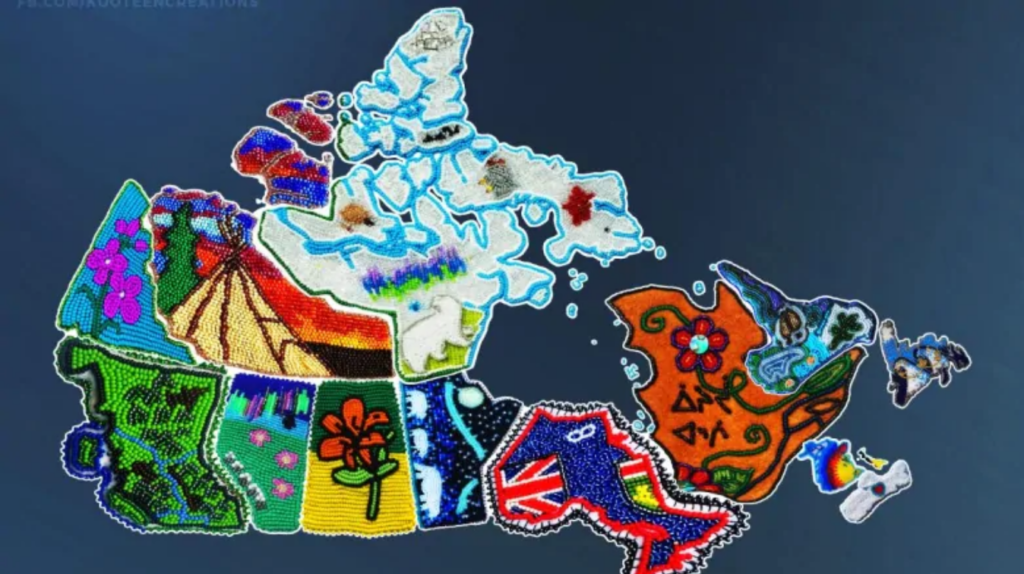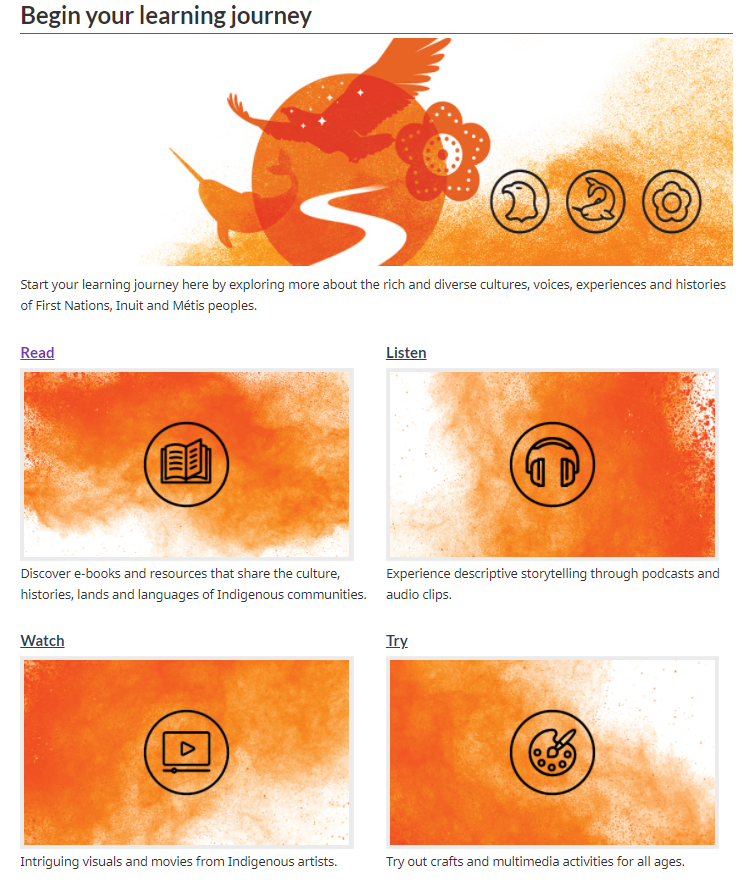In order to begin, it is necessary to take a step back and recognize the historical context that has shaped the present.

Indigenous peoples history did not begin with colonialism, but in the context of looking at Indigenous research methods and how to engage with them within educational contexts, it is essential that we situate ourselves in an understanding as to how Indigenous people have been historically treated by colonial educational institutions. This is important to begin with as the lingering distrust and fear shaped by these experiences and the continued lived experienced of colonialism shape all interactions between those who represent academia and Indigenous peoples today.
Residential Institutions
Let’s begin with watching this video situated below to discuss how these institutions that were called residential “schools” operated, and what the long-term effects on generations of Indigenous peoples are.
Please be aware: This video contains topics that are emotionally triggering, and uses language that is situated in the past to discuss the harms done. Please take individual safety measures to assure your own emotional, mental and spiritual safety after viewing.
After seeing this video, it is important that those of us who are students, teachers, administrators or represent educational institutions in any other way reflect on how these experiences shape our current society. This traumatic event is not ancient history, nor is is something that was located far away from where we currently inhabit. The trauma caused by these institutions affected and continues to affect generations of Indigenous people, and the lingering distrust of school systems is one of the results of this.
Action Item:
To bring this understanding home, this map provided by CBC’s Beyond 94 helps us visualize the immense amount of locations that residential institutions operated within Canada. Please click through to develop an understanding for the proximity of residential institutions to your current location, and where you may have grown up if within Canada.
Contemporary Colonialism Through Educational Institutions

The closure of residential institutions did not mark the end of abuse of Indigenous peoples and their knowledge at the hands of educational institutions. Western models of education still continue to devalue and de-legitimize Indigenous knowledge systems, and public school systems still systemically discriminate against Indigenous parents and children.
Dr. Emily Milne wrote a dissertation in 2015 that discusses the family-school relationships among Indigenous peoples, and found that virtually every Indigenous participant she interviewed had been affected negatively by the residential school experience.
“People expressed a bit less comfort with schools. There was a bit less trust there with schools because of this history,” Milne states in her research, as the discrimination they and their parents, grandparents and great grandparents experienced while they were in school are now very much part of the educational experience as a whole.
If you’d like to read Dr. Milne’s published research you can find it here: “I Have the Worst Fear of Teachers”: Moments of Inclusion and Exclusion in Family/School Relationships among Indigenous Families in Southern Ontario
Parent’s have very good cause for concern about their children in the current education system as well, as continued systemic racism resulting from colonialist ideals in education still occur frequently. In fact, reports coming out of multiple provinces at all levels of education ranging from preschool to highschool and university programs have found that anti-Indigenous racism is still very alive in educational institutions.
What can we do?
So what does this mean for those of us in academia, especially those who are interested in engaging in Indigenous research or working alongside Indigenous communities?
Realistically, it means that while we are inhabiting the space of a representative of our educational institution, we may be seen as dangerous, frightening or unwanted. This discomfort is one that we must sit with and truly feel in order to ever move beyond it. Not all Indigenous people, or Indigenous Nations will want to work with us or welcome us into their communities, and that is a logical and reasonable response to the harm that colonial educational facilities have, and continue to cause.
To become an active participant in creating a safe environment for Indigenous research participants and communities and foster ethical interactions, we must start with ourselves and the spaces we occupy.
The first step that we can take is to move beyond simple cultural awareness, and towards cultural safety.
This starts with informing yourself as a student, educator, or representative of an educational facility as to the power difference that is at play within these situations. That’s why you’re here right! You’re taking the first step to meaningfully engaging with the context of Indigenous people’s lived realities, and that requires an examination as to our own position within society.
If you are a teacher, instructor, administrative staff, curriculum developer or student some wonderful professional resources already exist to assist your learning.

The document Pulling Together: A Guide for Indigenization of Post-Secondary Institutions guides us in knowing ourselves in relation to Indigenous peoples, and holding space and humility for other ways of knowing and being. In addition to assisting us locate ourselves in relation to our practices, it also assists readers in transforming their teaching and learning by creating space for Indigenous knowledge.
This series consists of five individual guides that starts with the foundational knowledge of understanding colonization and its effects, and moves on to discuss how administrators, curriculum developers, frontline staff and student services can work to combat racism within their institutions while actively decolonizing their practice.

The Indigenous Arts, Culture and Heritage webpage within the Government of Canada’s website is a wonderful resource that is rich with diverse voices, experiences and learning aids. It’s important to remember that although there has been and continues to be much trauma and tragedy within Indigenous communities, that is not the extent of Indigenous people’s existence. There is also much joy, excitement, happiness and creativity within Indigenous Nations, and we should all be more familiar with that as well! This webpage features a variety of lived experiences by Indigenous writers, singers, authors, storytellers, creatives, poets and more. It’s important to familiarize yourself with the vast differences between Indigenous cultures, beliefs and experiences alongside learning the negative aspects of Indigenous people’s lived experiences.
Action Item
Concluding Thoughts
Now that you have an understanding of the historical and social context of the relationship between Indigenous Peoples and educational institutions, the next topic will discuss ethical guidelines that have been put in place to assure that research done with Indigenous Peoples is reciprocal, respectful, responsible and relevant.
